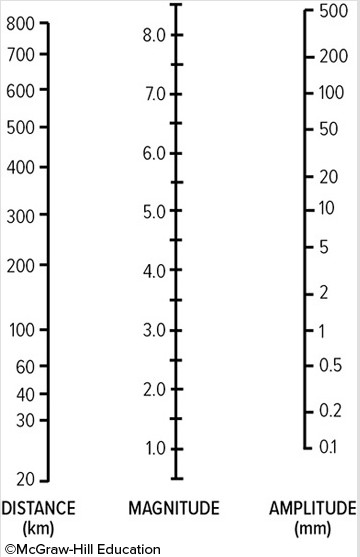If the resultant force has a significant horizontal component (tangential to Earth's surface), it produces tidal bulges on Earth, creating what are known as ________
A) tide-generating forces
B) solar bulges
C) lunar bulges
D) resultant forces
E) centripetal forces
A
You might also like to view...
Prograding delta deposits differ from turbidity current deposits because ____
a. delta deposits coarsen upwards, with fine sediments on bottom and coarse sediments on top b. turbidity current deposits coarsen upwards, with fine sediments on bottom and coarse sediments on top c. delta deposits fine upwards, with coarse sediments on bottom and fine sediments on top d. deltas are not subject to marine processes e. turbidity currents are not subject to marine processes
The future worldwide use of irrigation
A) is expected to double in the next 20 years due to increasing demands for food. B) is limited by the availability of freshwater, waterlogging, and salinization of soils. C) depends on new technologies to extract more groundwater. D) will require increased reliance on new hydrogen technologies to produce freshwater.
What is the highest level on the Mercalli Intensity Scale?
A) IX B) X C) XII D) XV
Using this nomogram, what is the magnitude of an earthquake that is 500 km from a seismic station and has an amplitude of 0.2 mm?
A. 4.0 B. 10.2 C. 2.0 D. 6.0 E. 7.0